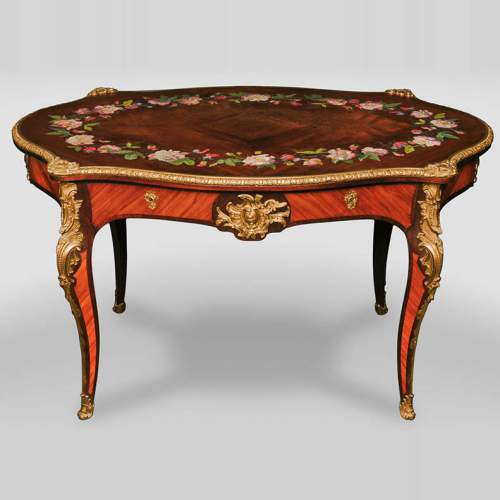My selection (3 Objects)
Recommended for you :
Dimensions:
Width: 122
Height: 76
Depth: 82
Dimensions:
Width: 72
Height: 76
Depth: 105
Dimensions:
Width: 186
Height: 212
Depth: 64
Dimensions:
Width: 303
Height: 76
Depth: 115
Dimensions:
Width: 191
Height: 293
Depth: 56
Dimensions:
Width: 85
Height: 82
Depth: 57
Dimensions:
Height: 36
Dimensions:
Width: 159
Height: 80
Depth: 98
Dimensions:
Height: 113
Diameter: 58
Dimensions:
Width: 230
Height: 262
Depth: 66

















